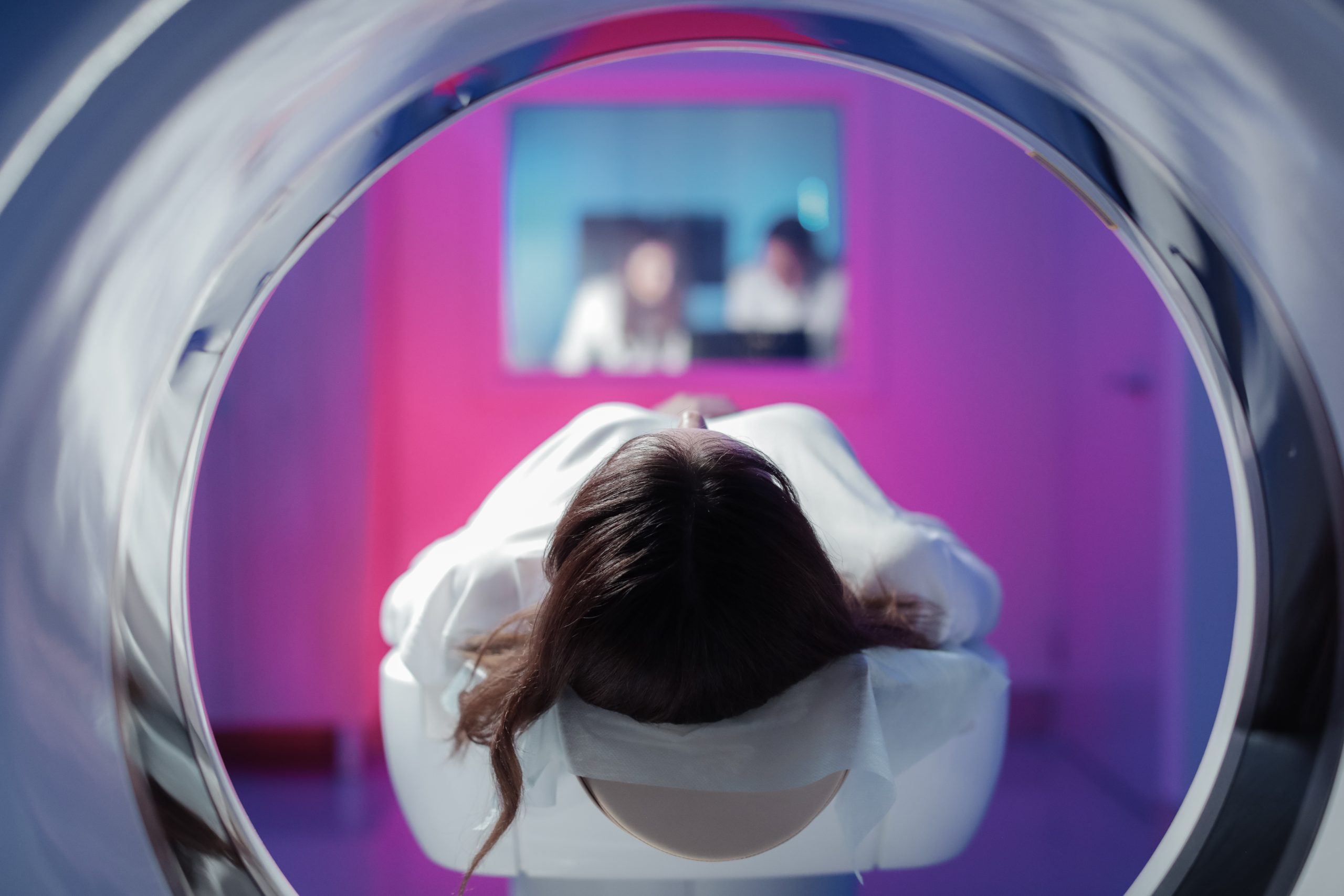
Quality and Safety
Radiologists play a key role in establishing the diagnosis and determining the direction of patient care. Our group works on increasing standardization and reducing errors in medical imaging, diagnosis, and reporting.
Dr. Ania Kielar
Quality and Safety, Activity Lead
About
At the JDMI, we want to ensure the highest quality of imaging services across our multiple sites and subspecialty radiology divisions.
This is ongoing work that leads to continuous improvement. To support this vision, our group regularly discusses internal and external safety events in the field of radiology to reduce the number of future adverse events. We also encourage peer-learning opportunities where our radiologists, technologists and students can learn from past experiences to improve their future work.
Dr. Ania Kielar leads our group in keeping a close connection between the JDMI subspecialty divisions and the overall departmental quality goals and metrics. We aim to share this knowledge around quality initiatives across JDMI, collaborate with other departments in our hospital network, as well as engage in knowledge transfer at the national level through conduits such as the Canadian Association of Radiologists (CAR) and other large organizations and platforms. Our ultimate goal with quality initiative projects is to improve patient care.
Beyond the JDMI
Our quality and safety initiatives go beyond the JDMI. We are looking to create positive influence outside of our department, including through our work with the CAR. We are also working with academic, community, and independent healthcare centres on various patient-centered initiatives and will continue to forge these types of relationships in the future.
Our group participates in many quality and safety committees at University Health Network, the Women’s College hospital and the Sinai Health Health System. These connections allow us to understand the needs of various stakeholders and ensure our ability to provide the most appropriate and timely service for patients.
As an example, in 2020-2021, we collaborated with urologists and radiologists at all kidney transplant programs across our province to optimize a single, standardized reporting template for radiologists to use when assessing potential renal donors. Among other benefits, this standardized template ensures that radiologists include all of the key anatomic information urologists need to determine if a patient is an appropriate candidate for kidney donation, and if so, which kidney would be the safest for donation.



